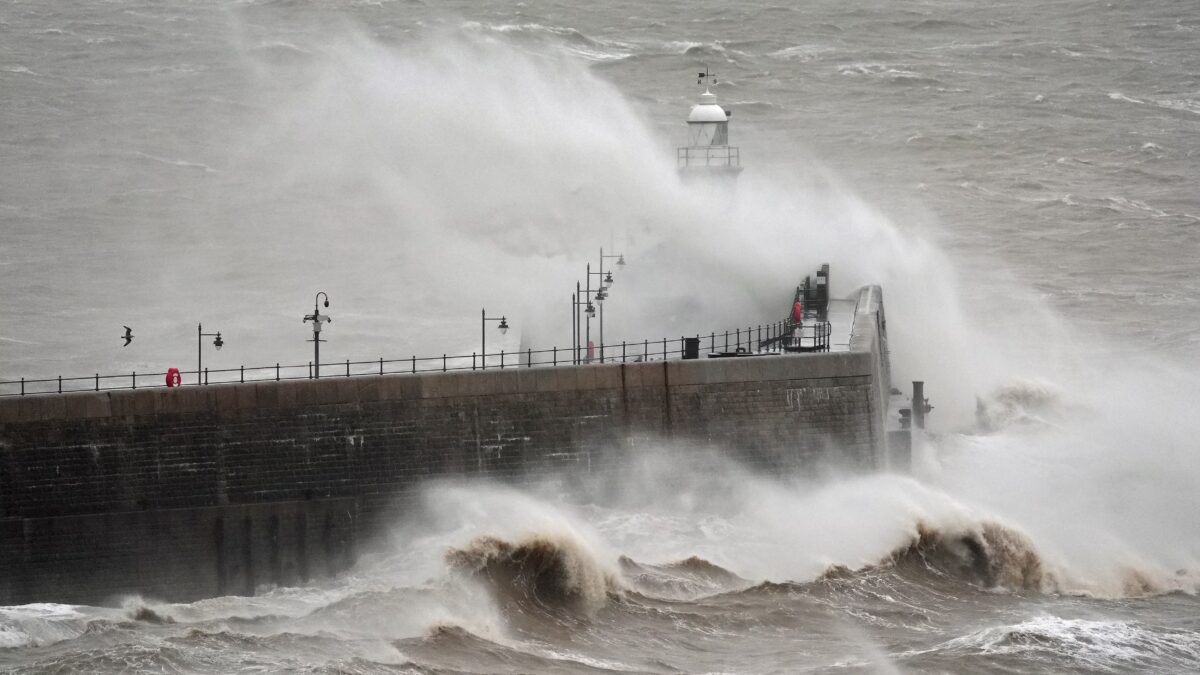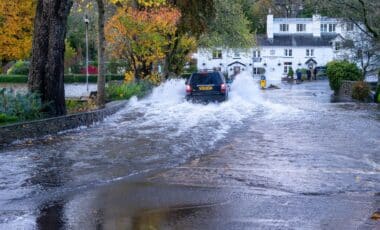Following the catastrophic effects of Storm Éowyn, which left extensive damage in its wake, Northern Ireland continues to face difficulties. Recovery operations are in progress, but it will likely take days to return to complete normalcy as more than 100,000 houses remain without electricity.
Concerns regarding future weather resilience have been raised, lives have been disturbed, and infrastructure has been harmed by the storm, which had gusts of over 90 mph. To fix the damage and guarantee public safety, authorities and emergency services are putting in endless effort.
Storm Éowyn : Widespread Power Outages and Damage
As of Sunday morning, 101,000 households in Northern Ireland remained without electricity following the impact of Storm Éowyn. While power has been restored to 183,000 properties, full recovery efforts could extend up to 10 days, according to Derek Hynes, managing director of NIE Networks. The scale of the storm’s damage has posed significant challenges to restoration efforts across the region.
The situation is just as difficult in the Republic of Ireland. Approximately 340,000 houses are still without electricity, compared to 768,000 at the height of the storm. Éowyn’s regional impact has been exacerbated by reports of severe disruptions in Scotland.
The Met Office issued yellow weather warnings for wind and snow/ice, further complicating recovery efforts. Wind speeds of up to 60mph and icy conditions are forecast, increasing the risk of road accidents and further infrastructure strain. The public has been urged to stay vigilant as authorities work to clear roads and restore essential services.
Transport Disruptions and Safety Concerns
Roads have been obstructed by fallen trees, electricity lines, and debris, causing significant disruptions to transportation networks. Many routes are still inaccessible, thus the Police Service of Northern Ireland (PSNI) has advised drivers to travel extremely carefully. In one sad event, a tree in County Donegal fell on a car, killing 20-year-old Kacper Dudek.
Although train service is slowly returning, there are still delays on a number of important routes. The Belfast to Portadown and Bangor routes have reopened, according to Translink, albeit several stations are still inaccessible because of storm damage. Additionally, there are speed limits, and travelers are encouraged to plan ahead for their trips. In places where road closures are still in effect, bus services, such as Metro and Ulsterbus, have resumed with detours.
In County Down, rescue efforts highlighted the storm’s dangerous conditions. Two teenagers were saved from Slieve Donard by the Mourne Mountain Rescue Team after being stranded in severe weather. Both were treated for exposure, emphasising the storm’s toll on public safety.









